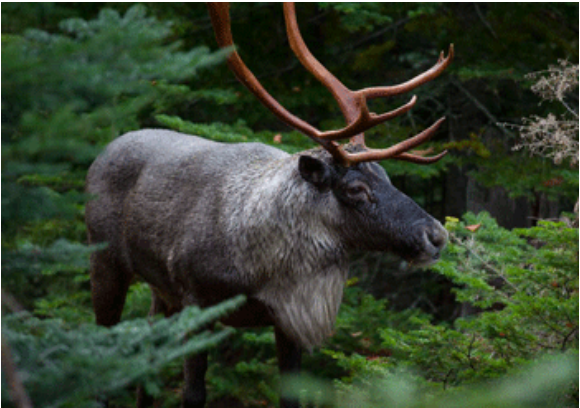Caribou and Wind Turbines (Kivalliq Region) - an Overview of Available Information
Resource Format
Document

The governments of Canada and Quebec are reporting significant progress in discussions surrounding the management, protection and recovery of boreal caribou.
With financial support from the federal government and in collaboration with Indigenous nations, the Government of Quebec will implement measures to reduce caribou habitat disturbance rates.
Full text of this news release can be accessed here: Significant progress made in discussions between Canada and Quebec on the management, protection and recovery of boreal and Gaspésie caribou - Canada.ca
*This news piece is being shared by the National Boreal Caribou Knowledge Consortium as the subject matter pertains to caribou and may be of interest to our audience.